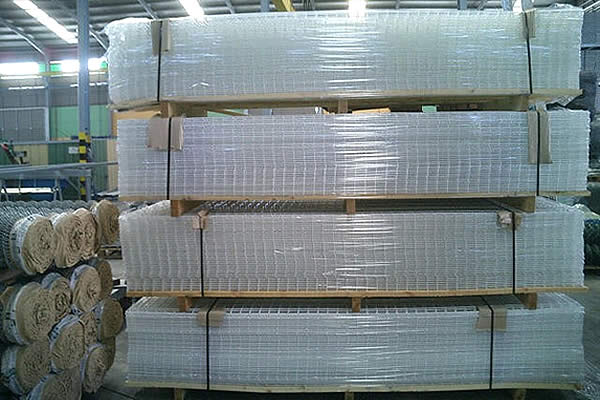 TEL:
+86-13102802206
TEL:
+86-13102802206
 Email:
fencenetting@china.com
Email:
fencenetting@china.com
 Language
Language
 TEL:
+86-13102802206
TEL:
+86-13102802206
 Email:
fencenetting@china.com
Email:
fencenetting@china.com
 Language
Language


The Price of Iron Wire Mesh Factors Influencing Costs and Market Trends
Iron wire mesh is a versatile material widely used in construction, fencing, and various industrial applications. It is composed of interwoven strands of iron wire that create a grid-like structure, providing strength and durability. As demand for iron wire mesh grows, understanding the factors influencing its pricing becomes crucial for manufacturers, suppliers, and consumers alike. In this article, we will explore the key elements that affect iron wire mesh prices and examine current market trends.
1. Raw Material Costs
One of the primary factors influencing the price of iron wire mesh is the cost of raw materials, primarily iron ore and wire. Fluctuations in global iron prices can have a direct impact on the final price of the mesh. When demand for iron increases, such as during periods of significant construction activity or when steel manufacturing is ramped up, iron prices typically rise. Conversely, a decline in demand can lead to lower prices, influencing the overall market for iron wire mesh.
The method employed in the production of iron wire mesh also affects its price. Different manufacturing techniques, such as welded wire mesh or woven wire mesh, come with varying costs due to differences in labor, machinery, and material waste. Advanced technologies that improve production efficiency can help reduce costs, but they often require significant initial investment. As a result, manufacturers must balance the level of technology they adopt with the market price they can reasonably charge.
3. Supply Chain Dynamics

The supply chain associated with iron wire mesh also plays a role in determining its price. Disruptions in the supply chain, whether due to natural disasters, political events, or logistical challenges, can lead to increased costs. For example, if a major supplier faces production delays, it can create a ripple effect, causing prices to increase as demand outstrips supply. Conversely, a robust supply chain with many suppliers competing can drive prices down.
4. Geographic Factors
Geographic location can also influence the price of iron wire mesh. In regions where construction activity is booming, such as urban centers or areas with significant infrastructure projects, the demand for wire mesh may be higher. This heightened demand can push prices up. Additionally, transportation costs must be considered; shipping wire mesh over long distances adds to the overall cost, impacting regional pricing dynamics.
5. Application and Specifications
The specific applications and technical specifications of iron wire mesh can also affect its pricing. For instance, specialty wire mesh products, such as those with unique coatings or higher tensile strength, often come at a premium. Consumers must be willing to pay higher prices for these specialized products, which can affect market segmentation and overall pricing strategies for manufacturers.
Conclusion
In conclusion, the price of iron wire mesh is influenced by a myriad of factors, including raw material costs, production methods, supply chain dynamics, geographic influences, and specific application requirements. As the construction industry continues to grow and evolve, it is essential for stakeholders to remain informed about these factors to make educated purchasing decisions. Additionally, monitoring market trends and global economic conditions can provide valuable insights into anticipated price changes, enabling better strategic planning and budgeting for projects involving iron wire mesh. Understanding these variables will help consumers obtain the best value while ensuring they receive high-quality products tailored to their needs.